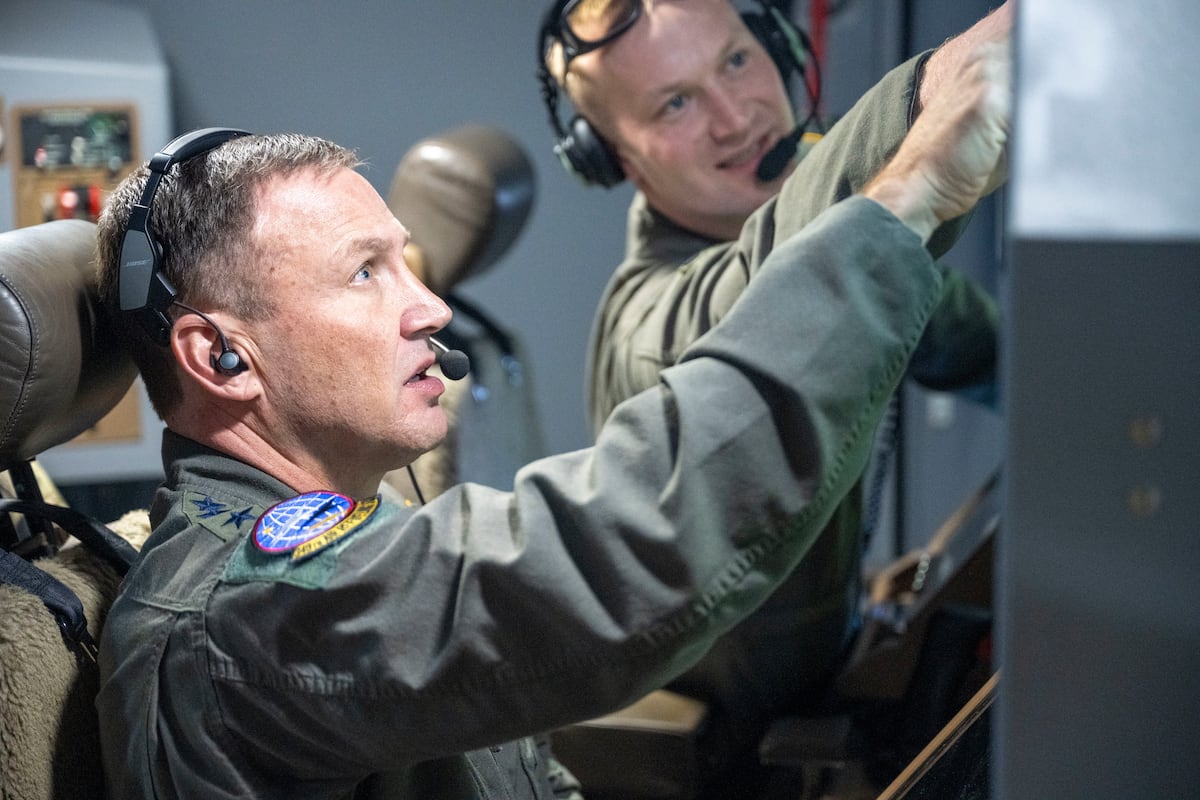PARIS — Denmark will buy 16 additional F-35 jets, invest in air defenses and maritime patrol aircraft and add to its fleet of Arctic-ready patrol vessels as part of a military spending package through to 2033 worth 88 billion Danish kroner ($13.7 billion), the government said.
The government is budgeting 29 billion kroner for more F-35s to bring the total planned fleet to 43 aircraft, the Danish Ministry of Defense said in a statement late Friday. Denmark operates 15 of the stealthy jets, and expects delivery of its existing order for 27 fighters to be completed in 2026.
“Expanding the fleet of F-35 fighter jets is a key decision in the buildup of the Danish Armed Forces,” Danish Chief of Defence Gen. Michael Hyldgaard said.
Denmark in February agreed to lift defense spending to more than 3% of GDP in 2025 and 2026, citing NATO demands and the threat from Russia. Danish Prime Minister Mette Frederiksen in June called spending to rearm the European Union’s biggest priority, saying that if Europe is unable to defend itself, “then it’s game over at some point.”
The MoD will start discussions with the F-35 Joint Program Office on details of the acquisition, including possibilities for accelerated delivery of the new jets, it said.
In addition to the fighter jets, Denmark also plans to buy a number of Collaborative Combat Aircraft that could be used as forward weapon platforms or for reconnaissance under tactical control of the F-35 pilots, the MoD said. The U.S. Air Force is developing CCA as a so-called loyal wingman that can operate alongside crewed fighter jets.
The F-35 acquisition will include additional replacement parts and flight simulators, among other things.
The new spending package for the 2025-2033 period allocates 27.8 billion kroner for ground-based air defense, adding to around 30 billion kroner of previously announced funding for that mission. The total air-defense budget of 58 billion kroner announced in September is expected to fund eight medium- and long-range missile-based systems.
Another 27.4 billion kroner will be spent on boosting Danish defense in the Arctic and North Atlantic, including the purchase of two additional Arctic-ready patrol vessels as well as maritime patrol aircraft capability, possibly though cooperation with a NATO ally, the MoD said.
Denmark is exploring buying Boeing’s Poseidon-8 maritime patrol aircraft to boost surveillance of the Arctic region, Danish Defence Minister Troels Lund Poulsen told local broadcaster TV2 last month. Norway and the United Kingdom, which are Danish partners in the Joint Expeditionary Force, already operate the aircraft, as does neighboring Germany.
Lund Poulsen in January was reported as saying his country had neglected for years to make the necessary investments in ships and aircraft to monitor the kingdom, and was in the process of trying to tackle that. United States President Donald Trump has said several times he wants to annex Greenland, an autonomous Danish territory.
Denmark will also set up an air-warning radar in east Greenland, and work with Sikuki Nuuk Harbour A/S to establish a dedicated naval quay in the Greenland port of Nuuk, with a length of about 150 meters and water depth of approximately 10 meters. Plans also include a submarine cable between Greenland and Denmark.
The Nordic country allocated 2.1 billion kroner to build drone surveillance and counter-drone capabilities. Denmark last month asked NATO allies for anti-drone support to help secure a European summit in Copenhagen, after several flights of unidentified drones in its airspace.
The Danes will also buy 44 new infantry-fighting vehicles, abandoning a previous plan to update the same number of existing CV90 vehicles, in addition to a previously announced purchase of 115 new CV90s from BAE Systems. The plan is to phase out the existing vehicles and use them for spare parts as much as possible, the MoD said.
Rudy Ruitenberg is a Europe correspondent for Defense News. He started his career at Bloomberg News and has experience reporting on technology, commodity markets and politics.
Read the full article here








Leave a Reply